The more convenient and easy to understand recycling containers are, the more likely they are to be filled with marketable recyclables than random trash. Selecting recycling containers that are attractive, durable and clearly labeled can significantly increase the likelihood of their being used properly and regularly. They are now available in a wide variety of sizes, shapes, colors, and design configurations, making selecting the best one for each application far easier.
Increasing participation in your project means that far less cans, bottles, and paper will end up in landfills and your company’s trash expense will be significantly reduced. A successful program also generates income and improves public image. Today’s recycling bins can feature your company logo, an event calendar, a community slogan, or any other marketing tool that will attract potential participants.
Selecting The Best Recycling Container
Overflowing containers are messy and unsightly and unlikely to be used. At the same time, oversized receptacles use up too much space and are more troublesome to empty. Selecting the proper size container is a major factor to increasing usage. Small, under desk receptacles work well for office programs, whereas large, colorful receptacles work far better at events, in schools, and in break rooms and cafeterias. If only bottles and cans are being collected, receptacles with round openings on top make their purpose clear and reduce the chances of misuse. Large volume, single stream containers work best in factory settings and in community collection programs.
What Color Is Your Recycling Bin?
Color makes a difference in usage, as well. Containers that blend in with the surrounding color scheme are often ignored, whereas more colorful units catch the eye and invite usage. Receptacles can also be order in colors that compliment the established decor while still maintaining their visibility. The psychology of color is another factor to consider. While green is certainly the color associated with being environmentally responsible, reds and yellows are far more visible and blue tends to impart a feeling of serenity and calm. Clearly labeled recycling bins that inform participants of what can and what cannot be recycled make it easier for people to participate in your program.
It’s All About Location
Placement is the biggest factor to in increasing usage of recycling bins. Break rooms and cafeterias provide plenty of recyclable materials, but placing unmarked receptacles too close to garbage cans simply turn in to yet more garbage cans. Placing repositories for bottles and cans somewhat apart from trash cans reduces the likelihood of misuse while still promoting the intended purpose. Paper recycling containers are best located close to printing and copying machines, in file and record storage rooms, and near mailboxes.
These projects can save companies, schools, and communities millions of dollars each year by reducing the costs associated with storing, collecting, transporting, and disposing of garbage. Many recyclable materials are also a source of income in the form of raw materials sold to processing plants. Increased sales that occur as a result of improved goodwill and a positive social image are yet another reason to build a successful program through the use of properly placed recycling containers of the correct size and color, clearly labeled with instructions in their usage.











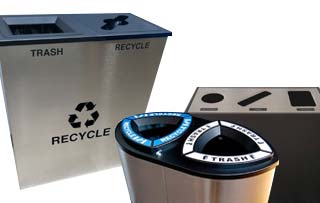









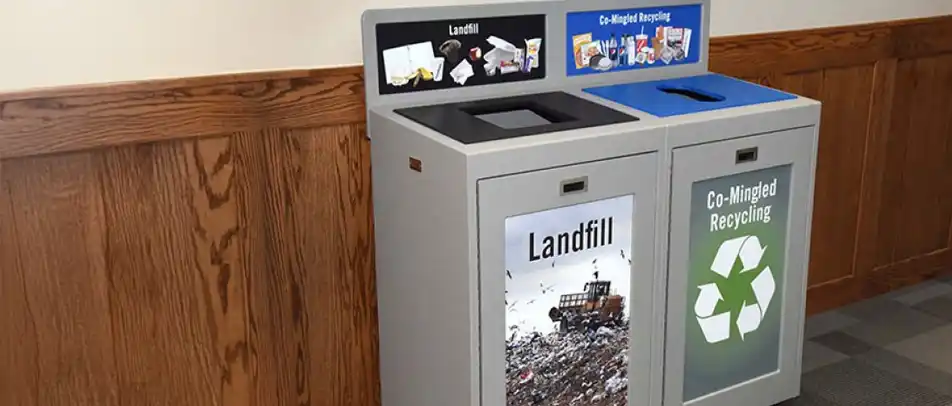










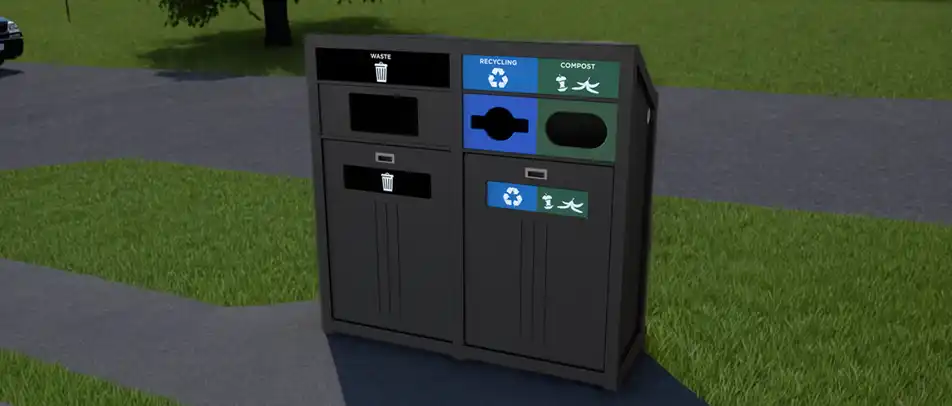












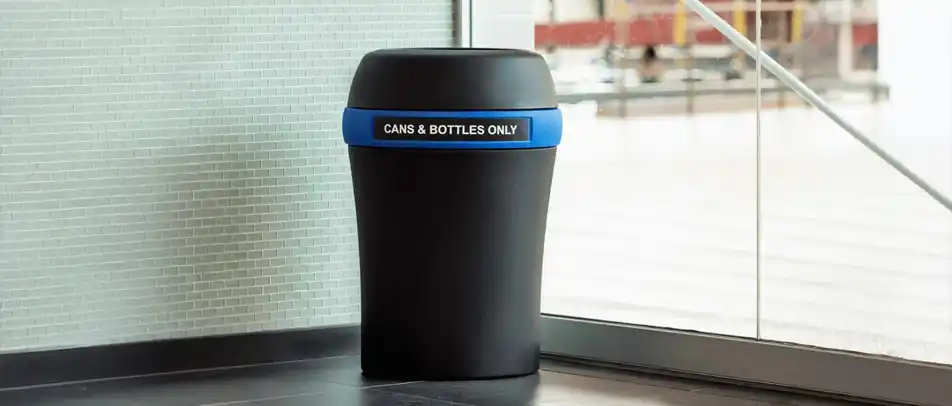









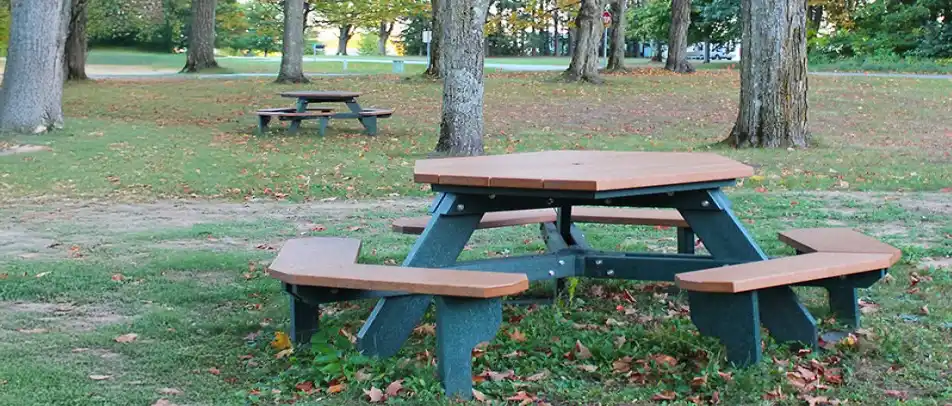
































 Three Ways to Engage Teams and Clients to Maximize Your Recycling Program Engagement
Three Ways to Engage Teams and Clients to Maximize Your Recycling Program Engagement  How to Integrate Accessibility Into Your Sustainability Planning
How to Integrate Accessibility Into Your Sustainability Planning  Why Park Benches Can Promote Workplace Well-Being
Why Park Benches Can Promote Workplace Well-Being 
